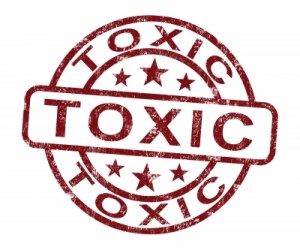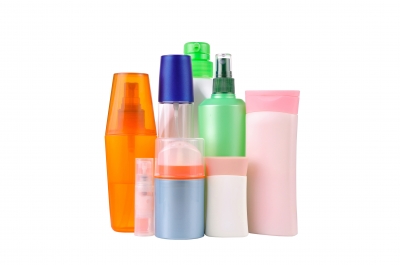In our last post we discussed some of the physical causes of subluxations. When you start to examine your posture and your daily movement patterns, it becomes pretty easy to understand that how you carry yourself physically can have a profound impact on spinal alignment and your state of health.
But did you know that chemical stressors can also cause or aggravate subluxations? First, we’ll look at how this process can happen, and then we’ll identify some of the most common offenders and what we can do about them.
The Subluxation Complex
When you think of a subluxation, it’s easy to visualize a stack of vertebral bones with one shifted out of alignment. If only it were that simple. By definition, a subluxation involves physiological changes at the joint capsule, nerve root, ligamentous, muscular, and even cellular level. An unhealthy force to a spinal bone can set off a cascading effect of events from the top down. But the same can happen in reverse. Chronic irritation at a cellular level can induce tension, spasm, and inflammation, resulting in spinal imbalances and nerve pressure that ultimately complete the cycle of breakdown. And until the cycle is broken, your health will continue to suffer.
So what types of chemicals set you up for subluxations? In short, anything that induces systemic inflammation. Chemical toxins are so prevalent today that you really need to examine everything you are putting into, onto, and around your body.
You are What You Eat
Our biggest source of ingested toxins is our food. Most food labels read like a chemistry text book. And that’s only the stuff that’s disclosed on the packaging! As a general rule, if it’s canned or boxed, it’s probably not your best option. If you can’t pronounce it, don’t eat it! But even if you just shop the perimeter of the store, you still don’t want to be ingesting herbicides and pesticides with your fruits and veggies, or antibiotic and hormone laced meats. Stick as much as you can to whole food choices that are locally sourced and organically raised.
In addition to processed foods, we also chow down on way too many drugs, prescription and over-the-counter. If you have any doubt as to the toxicity of drugs, just pick your drug of choice and read the insert of side effects (if you have that kind of time). Then, just for fun Google poisoning symptoms. Hmmm…
And then there’s alcohol and tobacco. But I don’t even think I need to go there.
A Toxic Bath
Besides the stuff we put in our bodies, we must also consider what we are putting on our bodies. Do you have any idea what is in your personal care products like soap, shampoo, deodorant, toothpaste, make-up, lotions, sunscreens,  etc.? Most of the mass produced health and beauty products contain known carcinogenic compounds. And although purported to be safe in small amounts, their cumulative effects remain suspect. Considering by some accounts that 70% of everything we rub into our skin is absorbed into the body, playing with these chemical toxins just doesn’t seem worth the risk. Especially given that so many all-natural options are so readily available. The Environmental Working Group is a great non-profit resource for reviews and safety ratings of personal care products and more.
etc.? Most of the mass produced health and beauty products contain known carcinogenic compounds. And although purported to be safe in small amounts, their cumulative effects remain suspect. Considering by some accounts that 70% of everything we rub into our skin is absorbed into the body, playing with these chemical toxins just doesn’t seem worth the risk. Especially given that so many all-natural options are so readily available. The Environmental Working Group is a great non-profit resource for reviews and safety ratings of personal care products and more.
Chemical Soup
In addition to what’s on us and in us, there are also toxins around us. Some people spend their entire workday among chemical fumes. From auto body repairmen to welders to nail technicians, there is no shortage of professions out there that require that you essentially sit in a chemical sauna for 8 hours. But even if you don’t work in a  chemically harsh environment, there are plenty of toxins around us. From the air we breathe to the water we drink, almost nothing is free of some type of pollutant or irritant.
chemically harsh environment, there are plenty of toxins around us. From the air we breathe to the water we drink, almost nothing is free of some type of pollutant or irritant.
And while we can’t control everything that we come in contact with, by practicing some simple preventative measures like choosing locally raised organic foods, using natural personal care products, filtering your air and water, and reducing or eliminating alcohol and tobacco consumption, we can by and large minimize the ill effects of chemical triggers to subluxations.
And when all those nasty chemicals still get the best of you, we’re always here for a life-giving adjustment!

Image credits to Stuart Miles, mrpuen, artur84 @ freedigitalphotos.net
